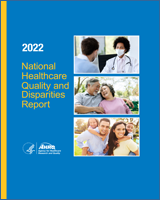From: PORTRAIT OF AMERICAN HEALTHCARE

This document is in the public domain and may be used and reprinted without permission. Citation of the source is appreciated.
NCBI Bookshelf. A service of the National Library of Medicine, National Institutes of Health.
